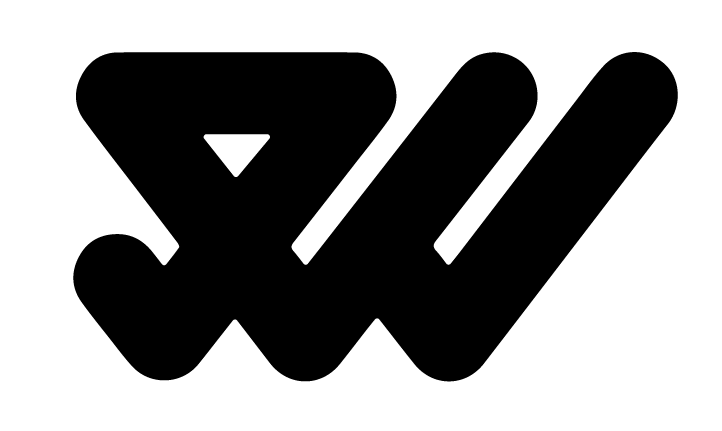Aman is a collection of resorts, hotels and luxury residencies that offer access to a wide variety of remote and urban destinations. Its first resort, Amanpuri, was opened in Thailand in 1988. Since then it has expanded across the world, seeking out transformative experiences and awe-inspiring locations throughout Asia, Indonesia, China, Japan, the Americas, North Africa, Europe and the Mediterranean.
Inspired by the earliest forms of alphabets and mark-making, London based graphic design studio Construct developed a new brand identity for Aman that would reflect its values and the high quality of its experiences. This is expressed through custom typography, earthy colour palette, tactile material texture and high quality print finish that links press-pack, business cards and menus.
Read MoreWhen the Center for Creative Leadership (CCL) decided to overhaul its brand...
Read More

